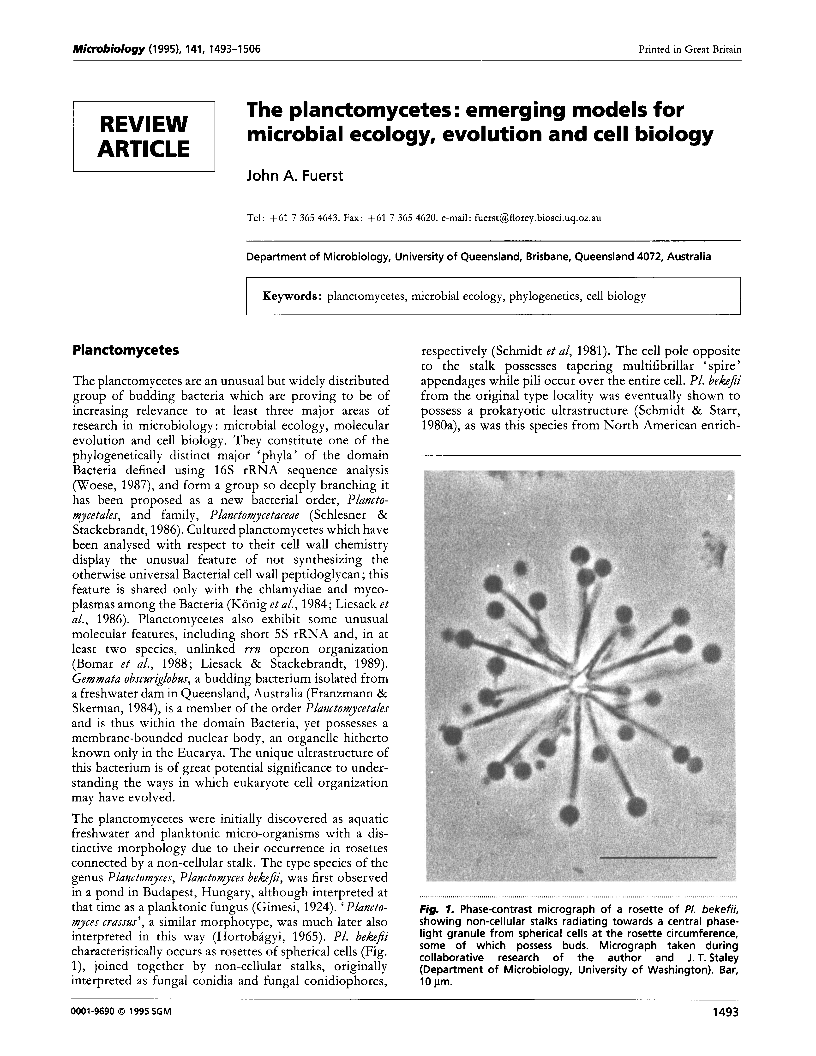
Full text loading...

The planctomycetes: emerging models for microbial ecology, evolution and cell biology, Page 1 of 1
< Previous page | Next page > /docserver/preview/fulltext/micro/141/7/mic-141-7-1493-1.gif
There is no abstract available.

Article metrics loading...

Full text loading...
References


Data & Media loading...
